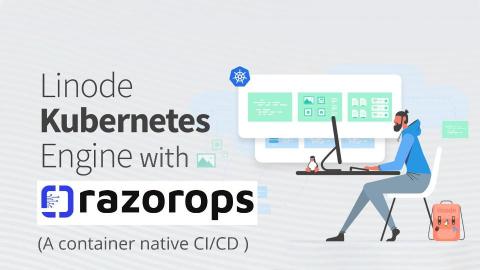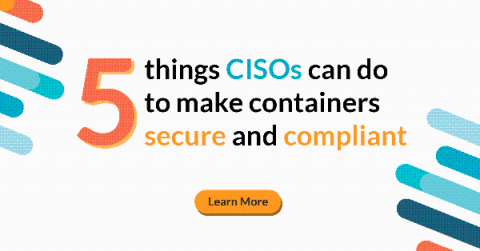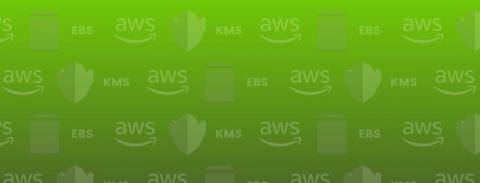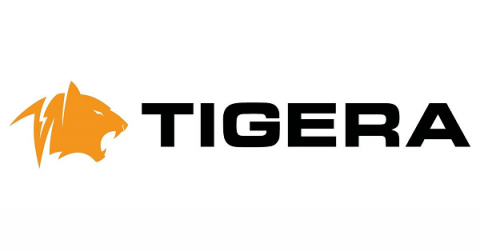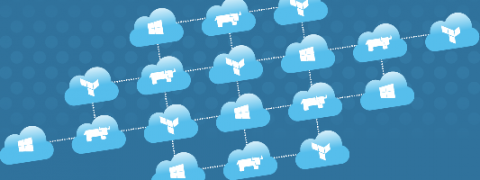Introducing the New LogDNA Agent for Kubernetes
On the internet, nothing necessarily stays easy, simple, and reliable forever – but we’re trying to keep it that way for your logs. When our customers use Kubernetes, they want to remain focused on the real challenges of scaling, and avoid infrastructure headaches, so that they can adapt to the unexpected easily and with a minimum of toil. That’s why we continue to invest in the LogDNA Agent. It’s built to handle file logging in even the most intensive Kubernetes deployments.



